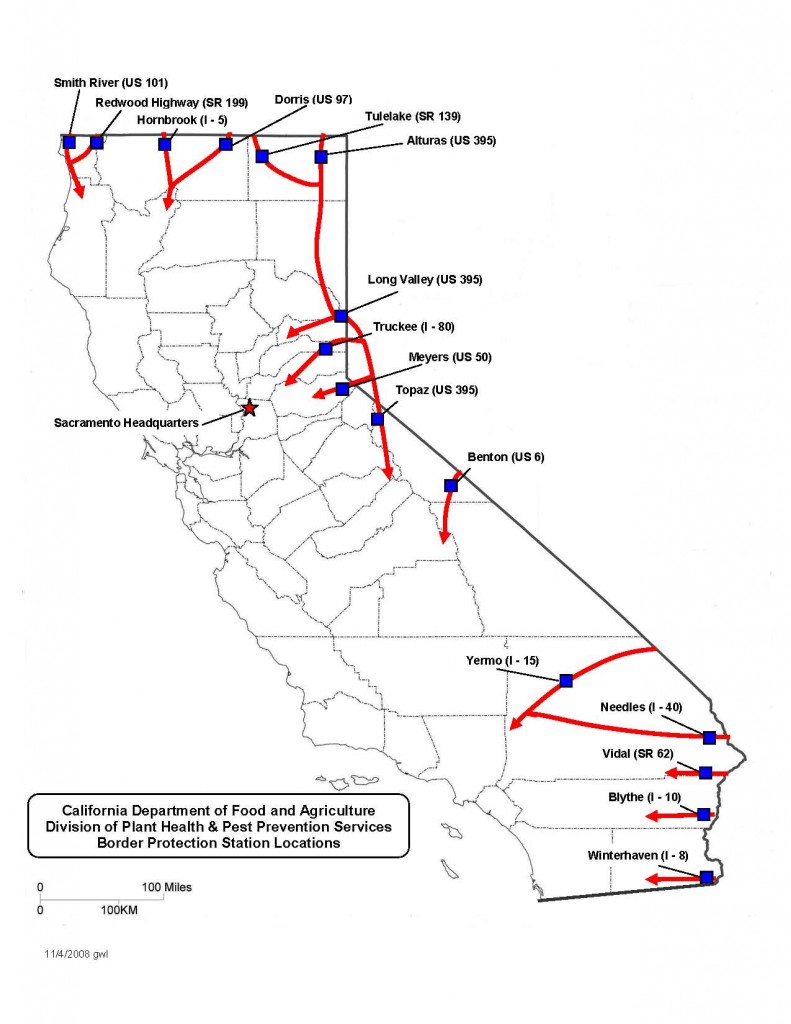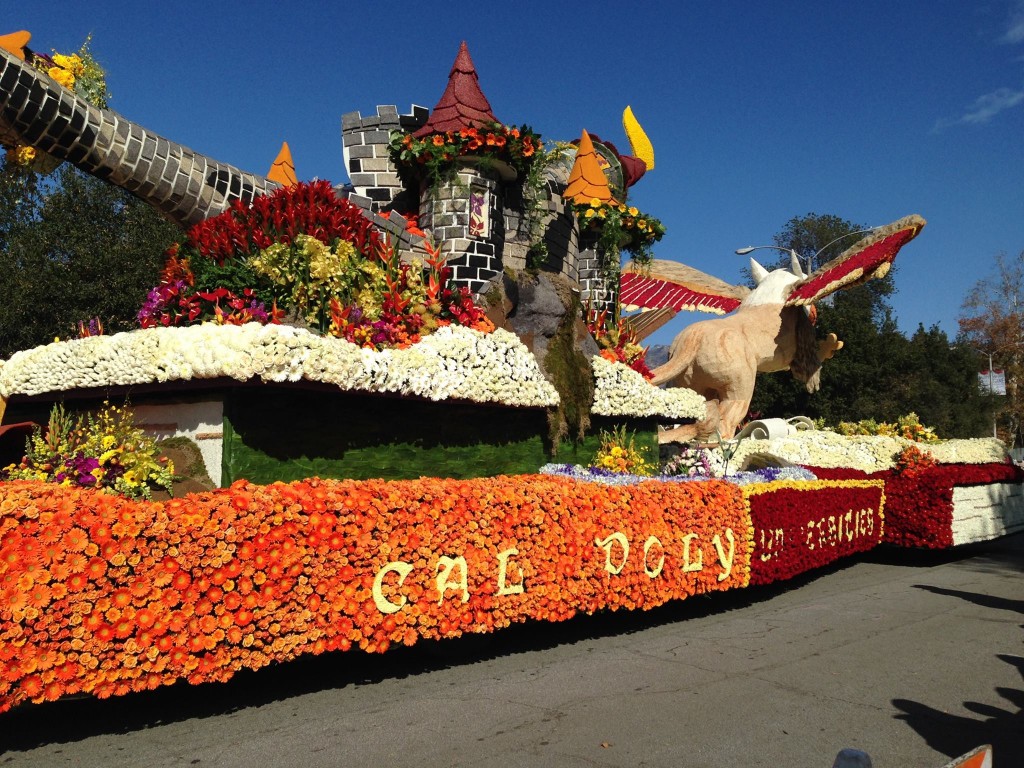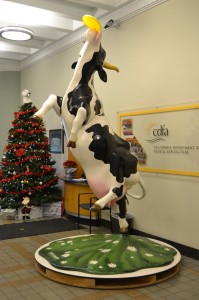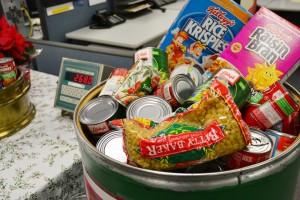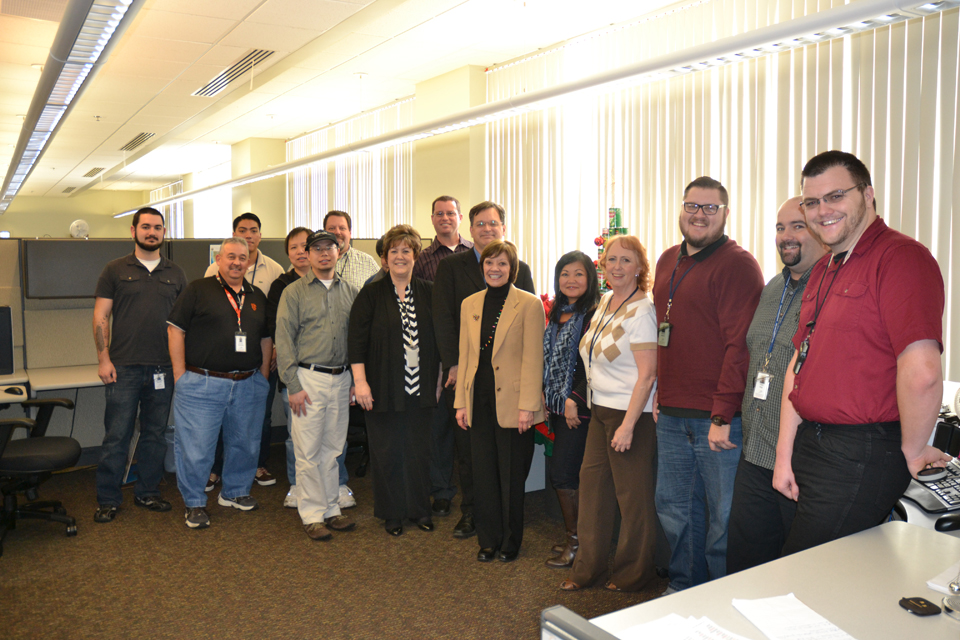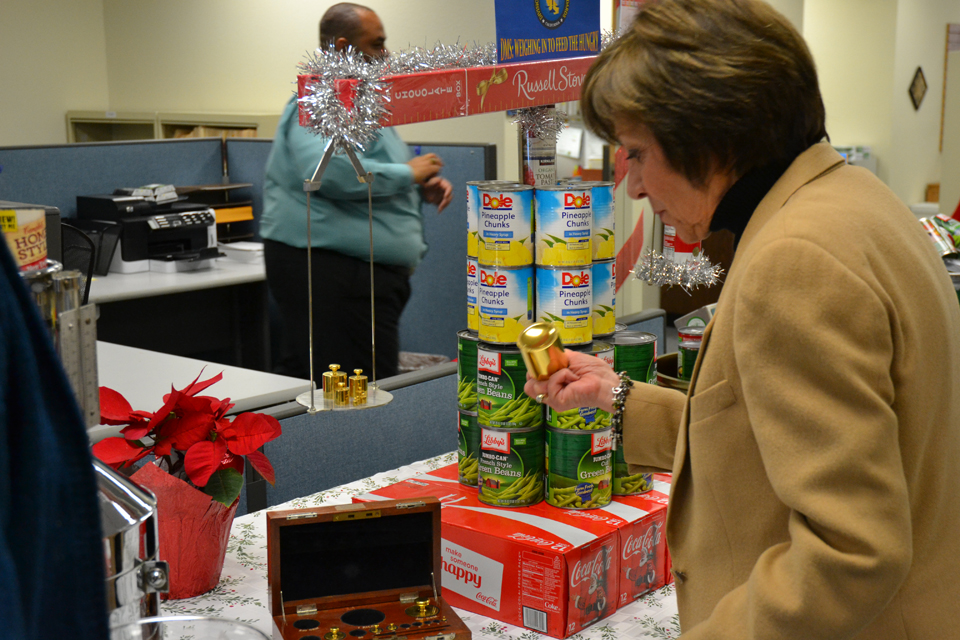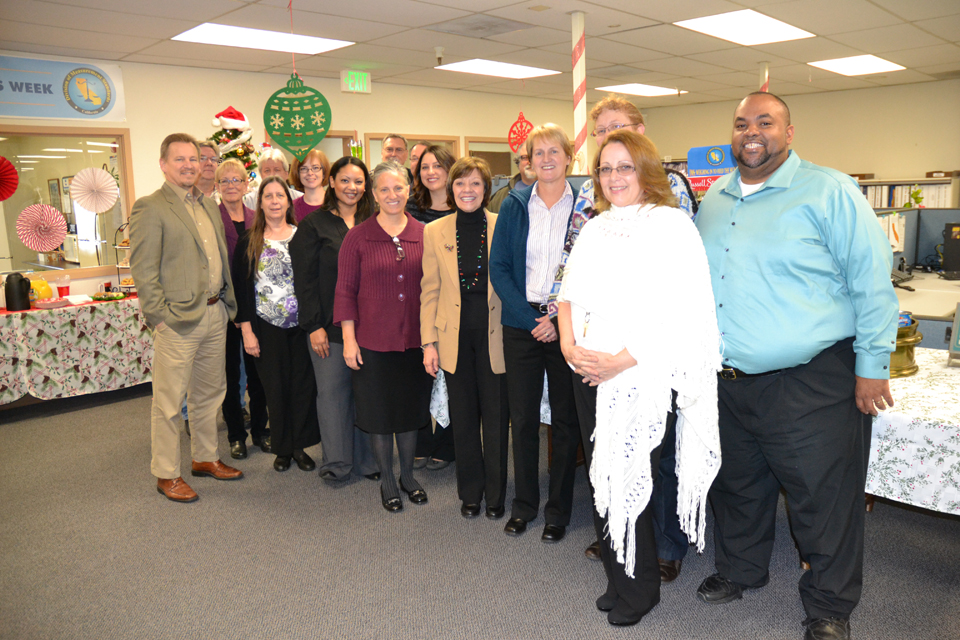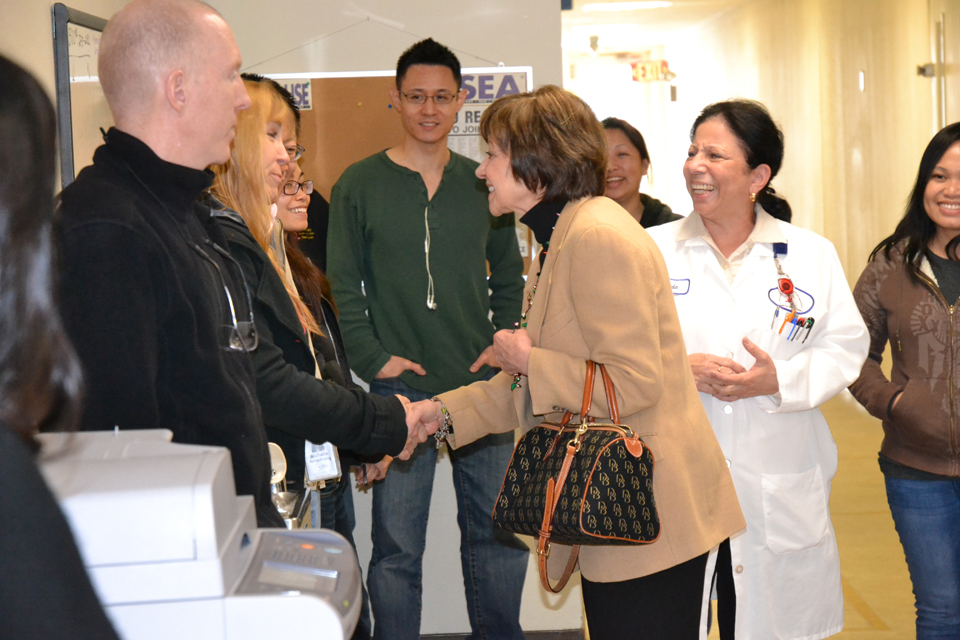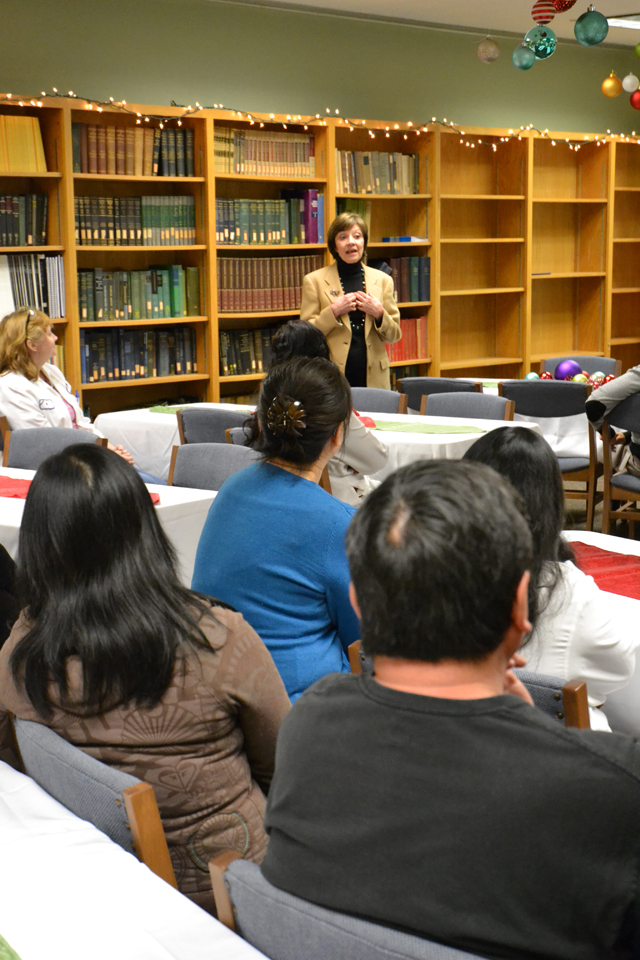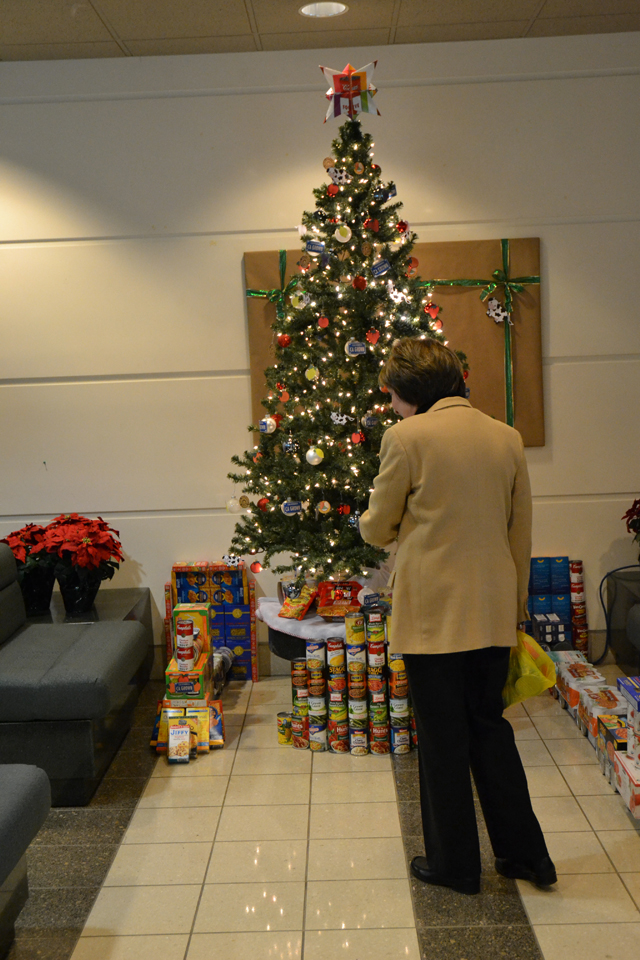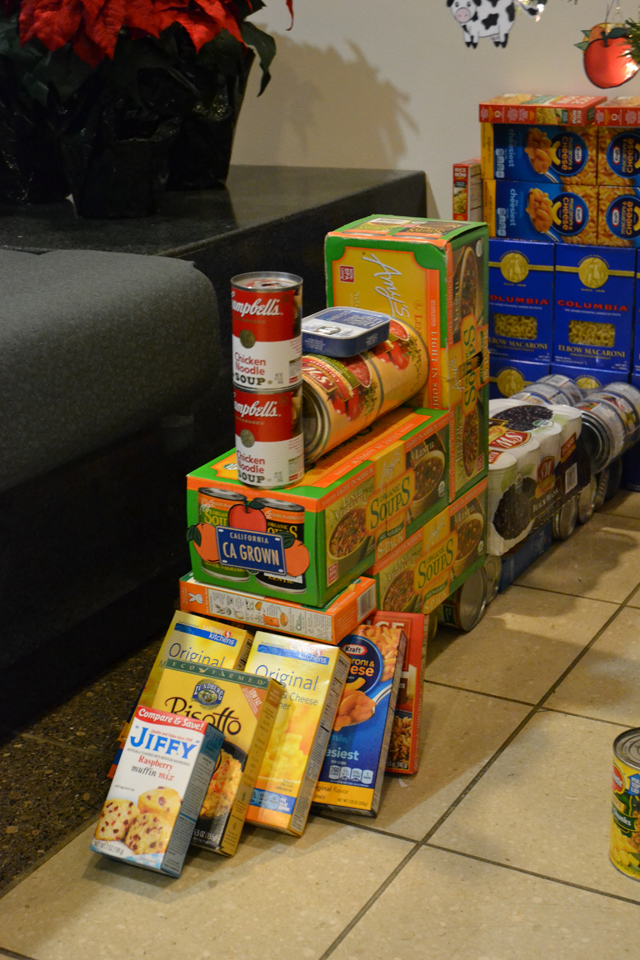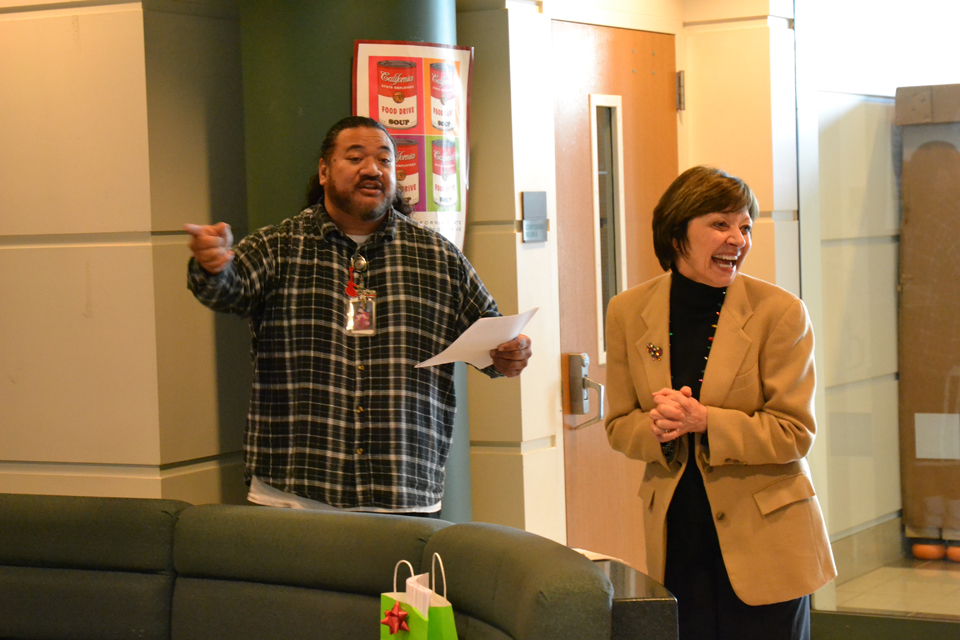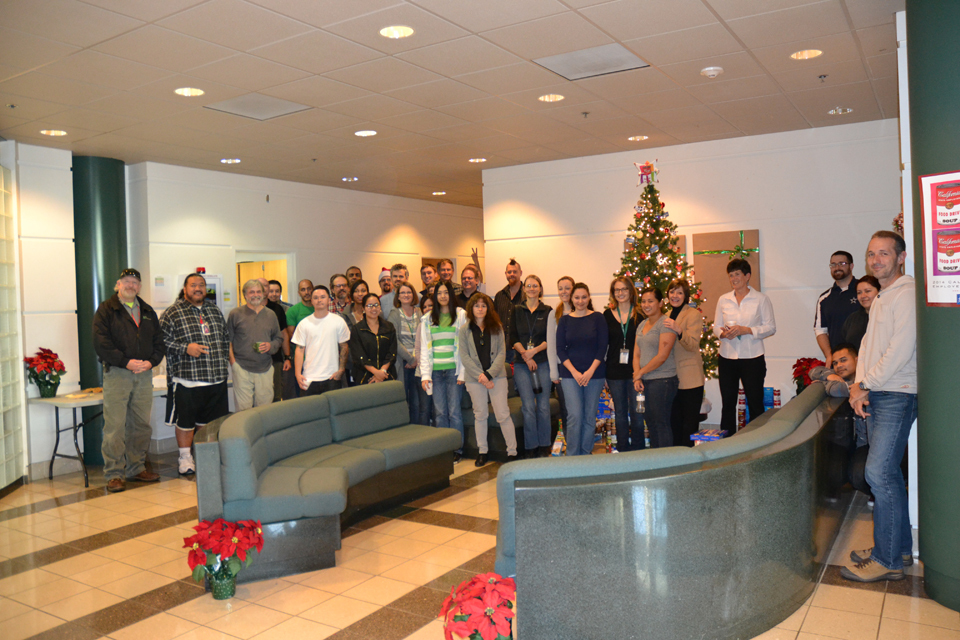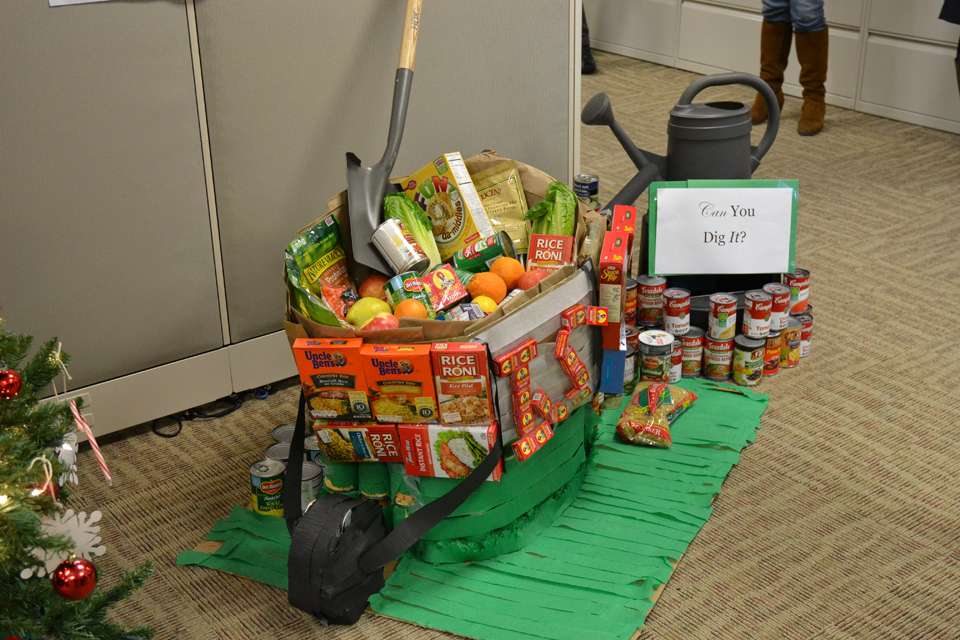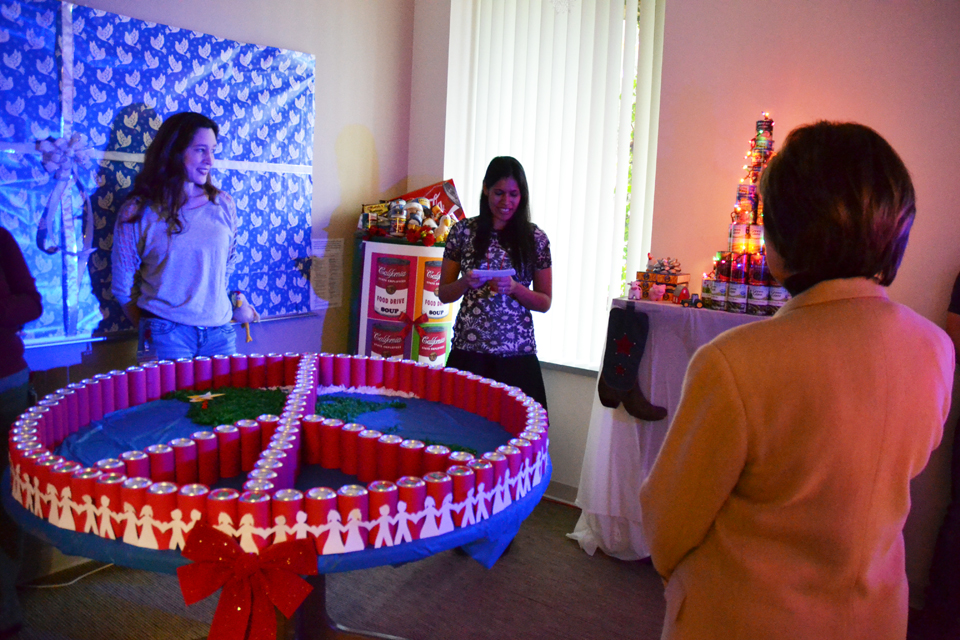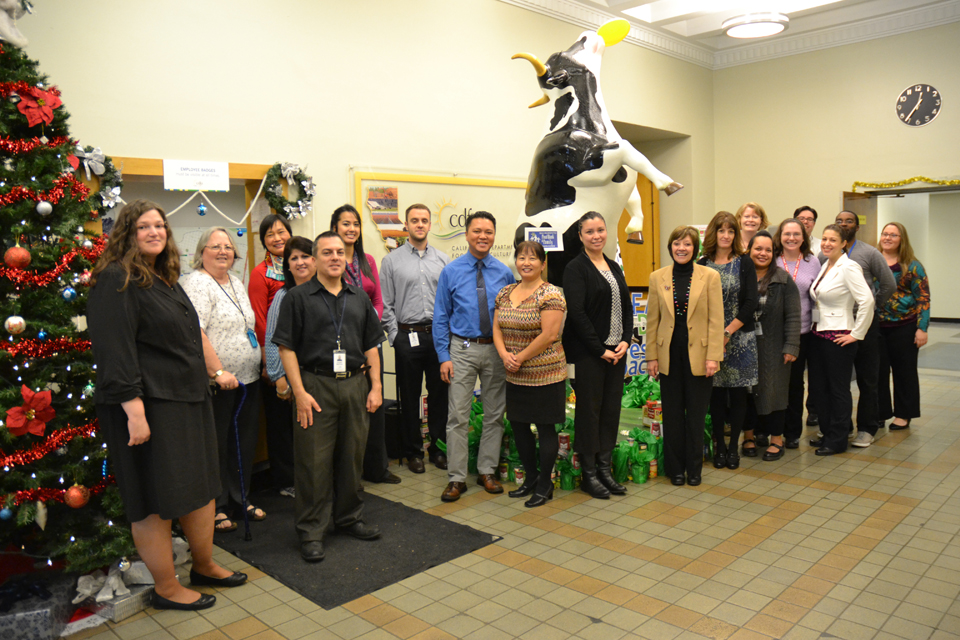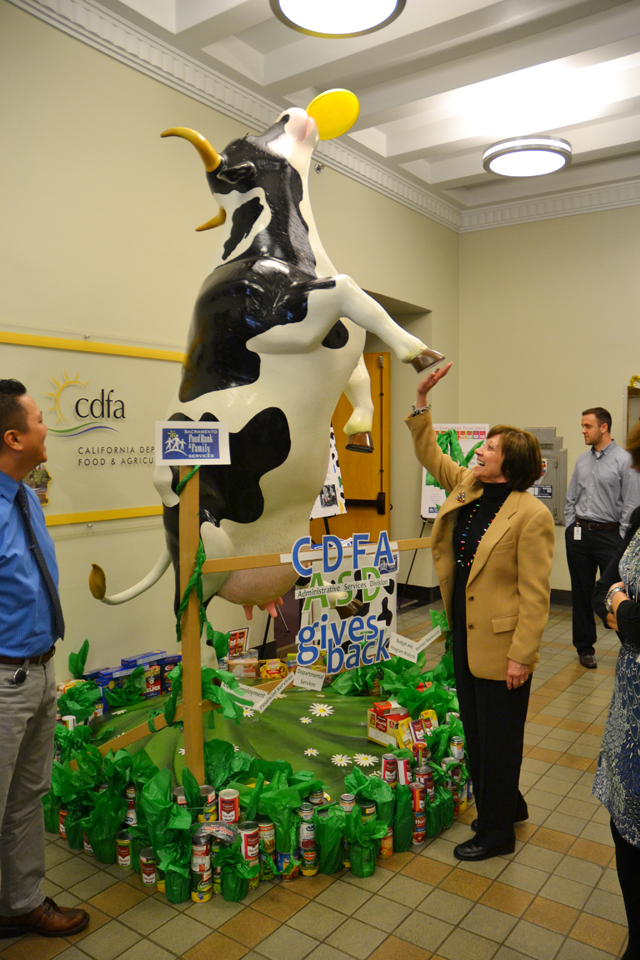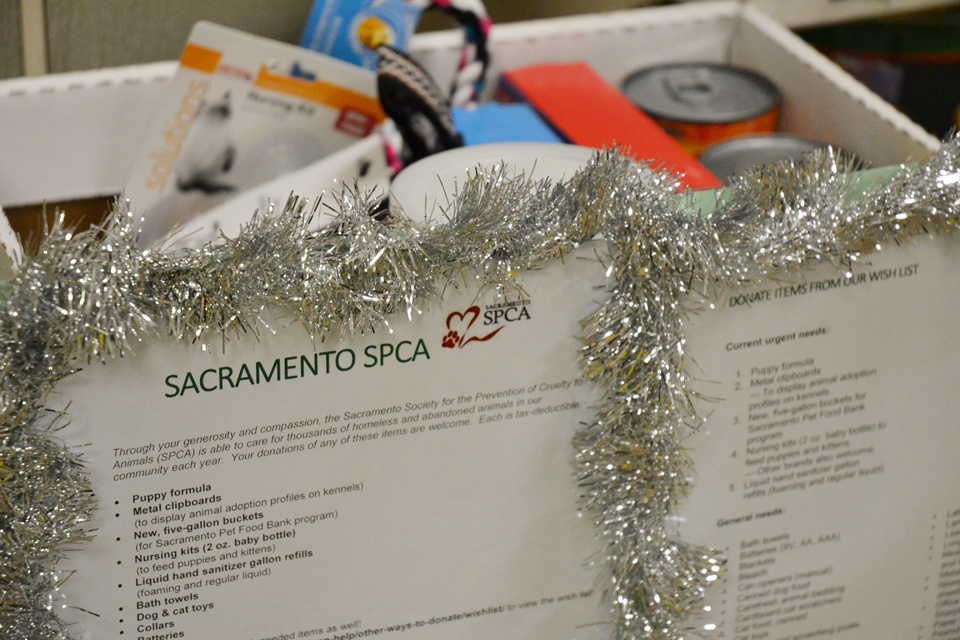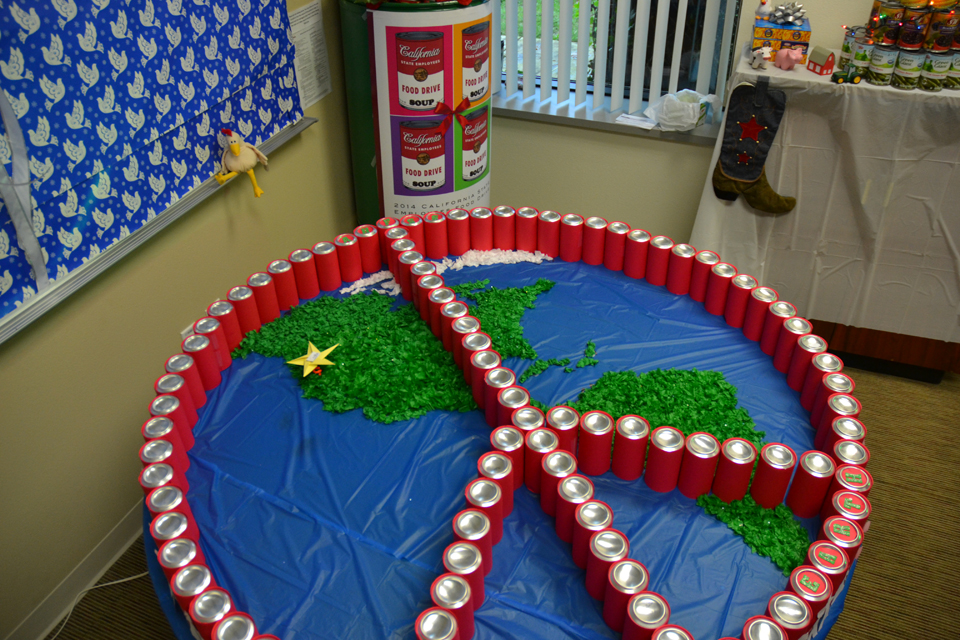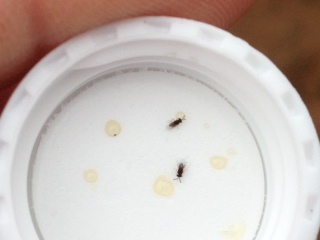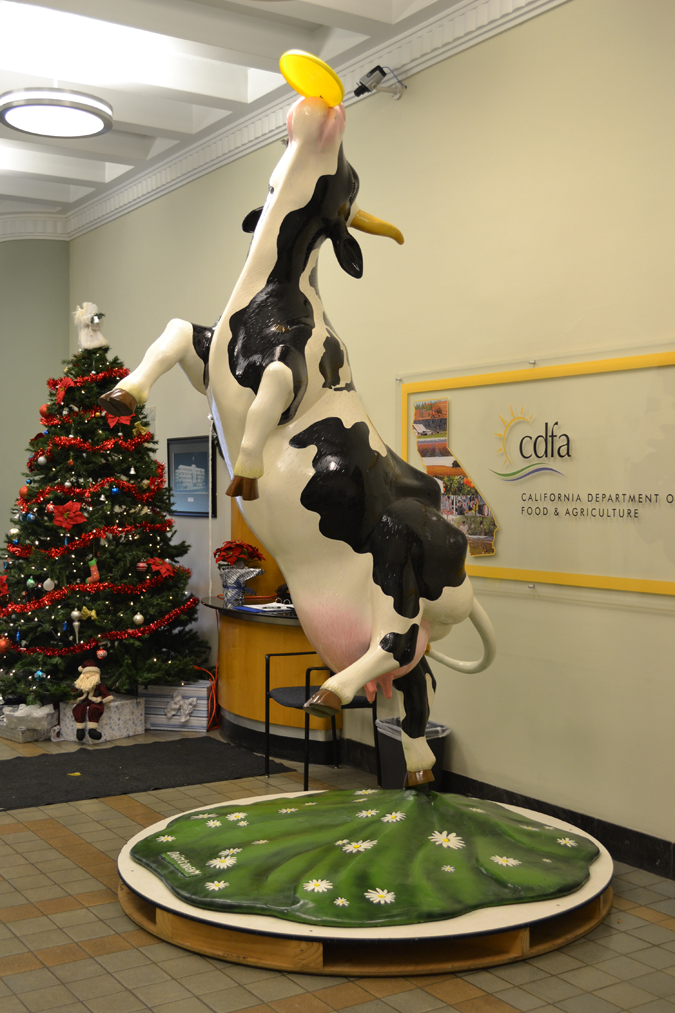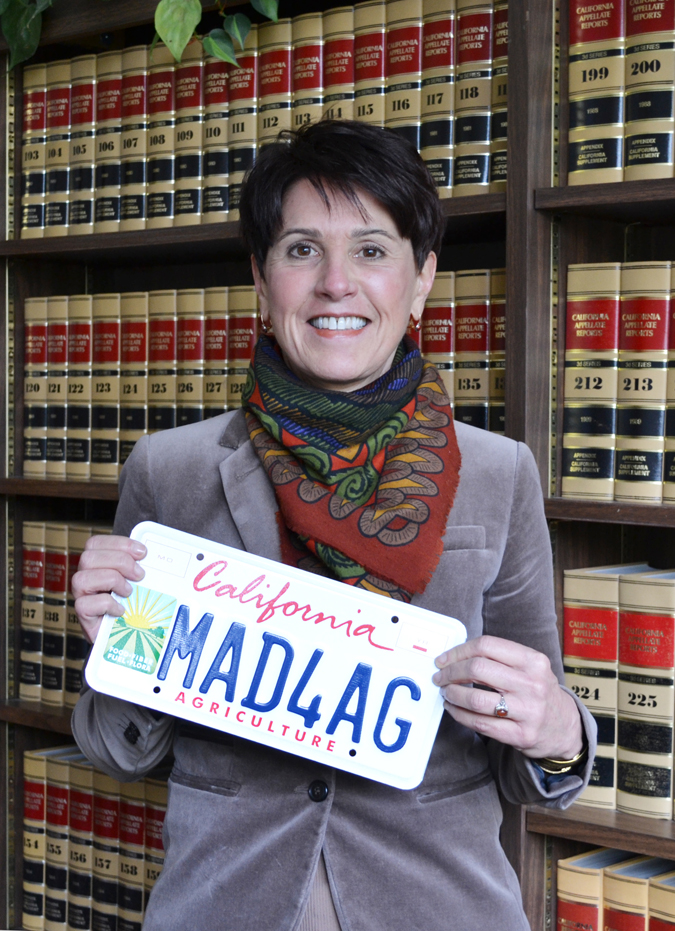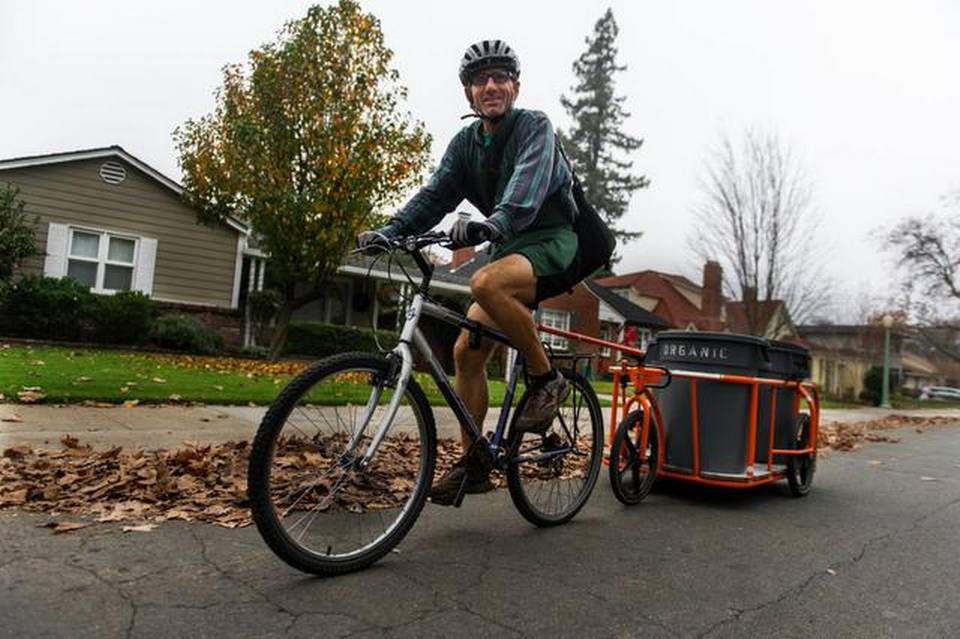
Scott Thompson, program director for ReSoil Sacramento, transports scraps collected from a local restaurant. Photo by Andrew Seng -ASENG@SACBEE.COM
By Edward Ortiz
It’s farm to fork to farm.
That describes the loop that is near and dear to Sacramentan David Baker, co-founder of ReSoil Sacramento, a local effort to use bikes to pick up food scraps at area restaurants and deliver them to local farms and gardens.
Baker and ReSoil program director Scott Thompson have designed it is a zero-emission endeavor – all of it is pedal-powered, and intensely local.
Three days a week, Baker and others at ReSoil take to the streets on bicycles pulling custom-made trailers. The bikers haul 32-gallon composting bins that they’ve picked up at restaurants.
ReSoil, which started operating six months ago, is a project of the nonprofit Green Restaurants Alliance Sacramento, or GRAS. The endeavor is mostly funded by donations. Typically a restaurant is encouraged to donate $50 monthly per bin, said Baker. The organization also solicits donations on Twitter and Facebook.
ReSoil picks up scraps – known as “pre-consumer waste” – at 18 restaurants, including Hot Italian, Sun and Soil, and Selland’s Market Cafe.
Waterboy, which has also been working with ReSoil since June, discards into the bins items such as vegetable peelings, coffee grounds, egg shells and even recyclable hand towels, said Adam Schultze, executive chef of the midtown eatery.
The restaurant has contributed 6,041 pounds of food scraps since it started participating in ReSoil. That effort has yielded compost that has been taken to Sacramento farm soils, said Baker.
“For years and years our waste was going out to the landfill without getting used instead of helping these farmers and pop-up gardens around town,” said Schultze. “We really appreciate that – it’s an example of garbage being turned into something good.”
Every week more restaurants sign up, Baker said. Midtown craft cocktail bar Shady Lady and the Sacramento Natural Foods Co-op both recently agreed to host ReSoil bins.
Selland’s has been participating in the ReSoil effort since July, said Josh Nelson, co-owner of Selland’s. What does not end up on a plate gets set aside in a yellow ReSoil bin kept inside the restaurant.
“We just separate our pre-consumer waste, and they pick it up,” Nelson said of ReSoil. “At this point it’s something I don’t have to give any thought to. It’s like we’re on autopilot.”
When Baker talks about the composting pickup and delivery effort, it’s a passionate conversation.
“I wasn’t so into dirt when I started this project, but now I’m fascinated by the zillions of microbes that surround us every day,” said Baker. “These microbes enable things like kimchi, beer, wine and compost – and life itself.”
Baker’s original inspiration was restaurateur Alice Waters and her Chez Panisse restaurant.
“She did this from the very beginning,” said Baker. “Farms would bring her produce, and (the restaurant) would compost, and she’d send it back.”
Baker’s focus is to get as much compost as possible into the hands that need them, namely community gardens and urban farmers.
“The local compost was no longer going back into the soil,” Baker said. “ReSoil is our way of controlling it, and getting it back to where we wanted it to go – back into community gardens, back into the ground.”
Urban farmers such as Chanowk Yisrael in south Oak Park see the ReSoil effort as a crucial step in the urban farming process. He gladly takes what ReSoil has to offer for his 11/2-acre Yisrael Family Urban Farm.
“ReSoil provides the bulk of our kitchen scraps for our compost piles,” said Yisrael. “If it wasn’t for the scraps they give us, we’d have to buy compost from an outside source.”
Purchasing compost would not only add to operating costs, but the farm also would move away from its focus on keeping everything it does local.
“That loop system of farming is one we’re striving to maintain,” said Yisrael. “Because what you put back into the soil is local and not outsourced from a far-away location.”
On a larger scale, what ReSoil is doing may have an effect on greenhouse gas issues.
Research has shown that composting can help soil sequester carbon and improve soil fertility and water retention. A recent UC Berkeley study showed that even a one-time dusting of compost substantially boosted the soil’s carbon storage, and the effect has persisted over six years.
ReSoil recently passed the 60,850-pound mark for its scrap pickup. By Baker’s calculations, that effort has eliminated 7.7 tons of methane from the environment, without adding diesel or carbon monoxide to the environment along the way.
He sees what ReSoil does as a no-brainer.
“The nutrient cycle of farm to fork and back to farm? That was nature’s idea. It was the original idea,” he said.
Link to story



